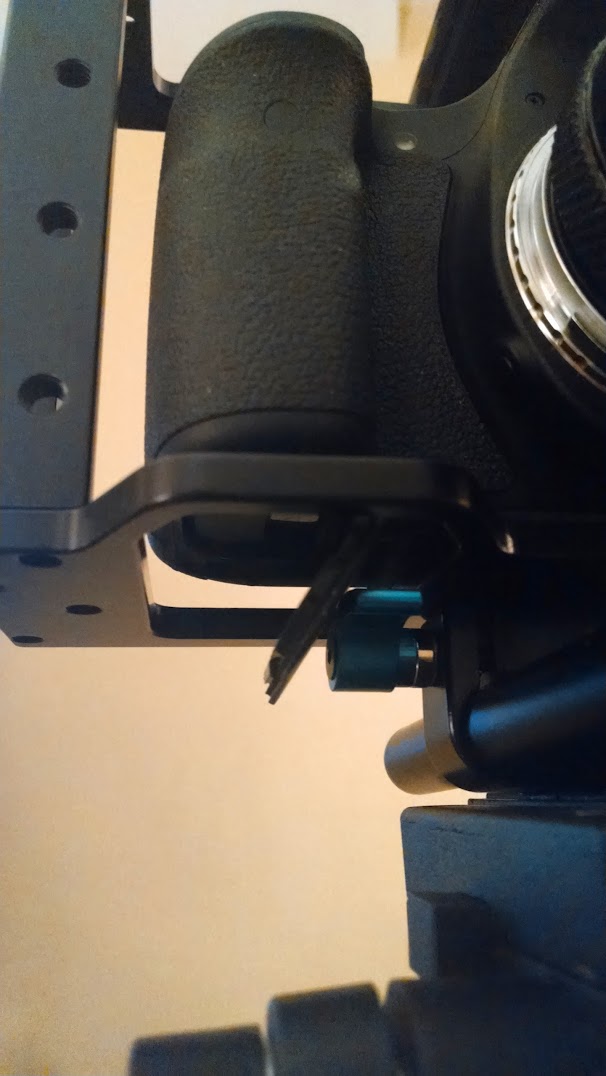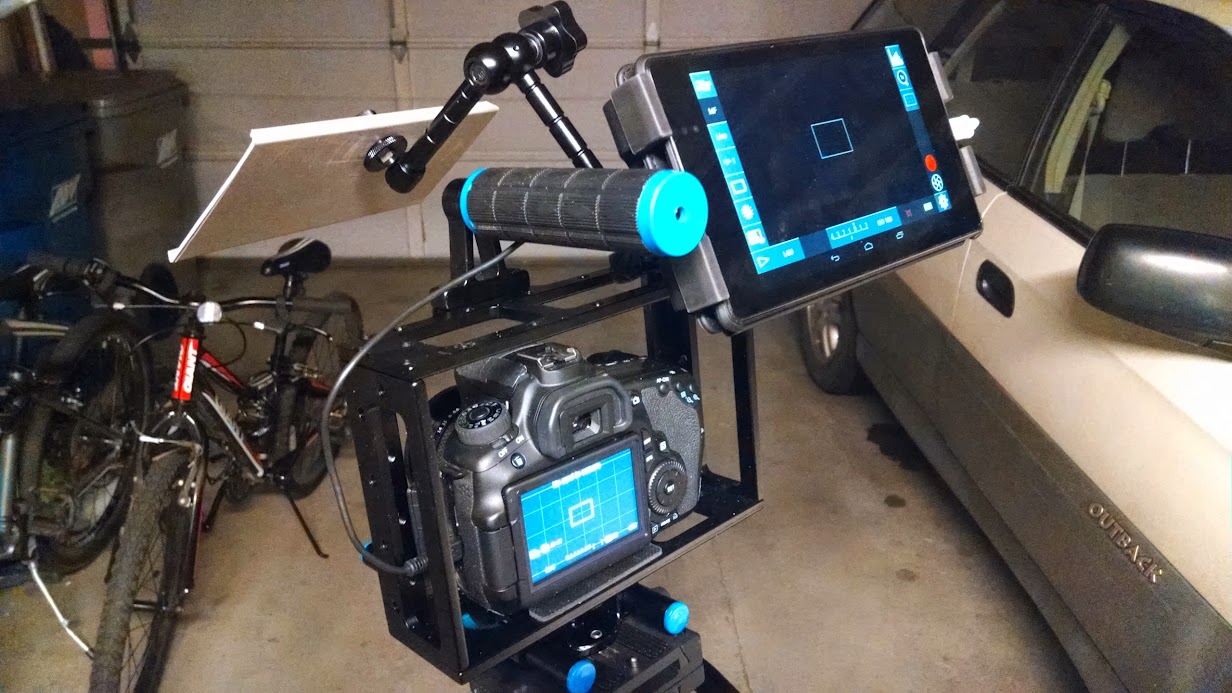Since I’ve gotten back into filming with my kids, I’ve been slowly building up a kit to make that job easier. Some folks have wondered exactly what I have now and what I would recommend to someone who wants to put together their own filming kit. So this post is a show and tell for the equipment I now own or intend to own in the near future.
I don’t make money on the films that I make. Filming is a hobby for me. I don’t pour lots of money into my hobbies because I don’t get anything in return. Knowing this about me lets you understand where I’m coming from when I recommend a piece of equipment. I’m not going to get the best things money can buy, because I don’t make movies for a living. Knowing that, if you intend to go into this as a business and make money with your camera there are much better references for you out on the web. Some of my favorite people to keep tabs on are Caleb Pike and Dave Dugdale.
Camera
Why did I chose the Canon 60D? It was the best DSLR for filming that I could afford. You can still pick up a body and an 18-135mm kit lens for just under a grand. My intention is to use this as a still camera for documenting my life and a film camera for teaching my kids how to make movies. Their interest in film making may eventually go away, but it is something I went to school to learn and I will probably continue to make short films long after they leave the nest. I like the feel of the 60D and I like that it is widely supported in the accessory world of DSLR filming. Once again, there are better cameras and there are cheaper cameras. If I hadn’t found this model, I’d have settled for a Rebel T3i.
Cage
The camera cage is a foundation for building your film camera kit. It protects the sensor in your camera and it provides a mounting system that you can add to your basic camera to make it more functional. Usually they come with rods for mounting follow focus gears and matte boxes. I purchased the Neewer cage and it seems to be just fine for protecting the camera, but the rod mount is too close to the cage bottom. This means that the tightening lugs for the rods block the hole where the camera’s battery door drops down. When you have all this gear loaded up, the last thing you want to do is tear it apart to change a battery. So I’m going to be getting this rod supporter to add separation between the cage bottom and the rails. DP500 15mm Rail Rod Support
Follow Focus
In film, there are many times when you need to follow action by changing focus on the go. This is very hard to do when you are also operating the camera. Touching the lens barrel to guess focus is not an option. So you mount a gear box on the rails that put a knob off to the side of the rig. On bigger films, the Assistant Camera person pulls the focus during a take so the operator can focus on panning and tilting or what have you. Most follow focus kits are start at a hundred bucks and go up. When you get the cheaper ones you risk getting poorer quality in materials and lots of play in the gears. The one I have is pretty well made but does have some play that I don’t think I can lock down. So this is one area I should have spent a bit more money. The model I have is the Morros Follow Focus.
Matte Box
I have not purchased a matte box yet. It’s one of those things that would be nice to have, but you can get by without it or make due with simpler setups. Right now I use an articulated arm and an old piece of hard plastic for a French Flag. I mount the arm on top of the cage and I can adjust it as necessary to reduce lens flare. The box I’d like to get someday is this one from Red Star.
Battery Pack
The camera battery will last several hours but to get a backup battery will set you back $60. Get two and you’ve already spent what you might have spent in getting a battery system that will last all day. The Catclaw Dslr Rig Np-f970 mounts on rails behind your camera and with two, $20 batteries will give you power all day long. This baby is on my wish list for when I do longer shoots. So far, I’ve not had this need yet.
Hand Held Rigs
When you have to get off the sticks and go hand held you need a platform for holding all this gear comfortably. The best rig for that is the one from Cowboy Studio. I will be getting this shoulder mount sooner than later.
Sound Recording
I already had a decent digital sound recorder and mic combo in the Zoom H2. But I’d like to get the mic closer and leave the recorder near my camera. This means getting a shotgun microphone with all the trimmings. The Vidpro XM-88 looks like a great kit for the money. I can see this being a purchase sooner than later too. Plus you can just mount it to your cage and plug it into the camera for a run and gun portable solution. If you don’t have a digital audio recording device, add that to your list for recording stereo sound. The camera’s mic is mono and worthless. The Zoom H4 seems to be a good device or this TASCAM DR DR-60D Linear PCM Recorder.
Lenses
Most cinematographers prefer a good set of prime lenses over zooms. I had some decent old SLR lenses from Olympus so I decided to use them for my primes. You can refit older lenses for cine use by adding things like mount adapters, filter step up rings and follow focus gears to them. I have some of this on order for my primes and when they come in I’ll show you what it all looks like. In the meantime you can see how to do this by watching Caleb Pike’s excellent video on converting older lenses.
Tripod
I purchased a decent tripod early in my DSLR adventure. Davis and Sanford fluid head tripod. It’s solid and sturdy and not too big or too small for video work. FM18 Fluid Video Head and the Davis & Sanford ProVista 7518 Tripod.
Below is my current setup. I have the Nexus 7 tablet mounted on a hot shoe gimble to the top of the cage. It has a mounting bracket with a tripod screw mount point on it. My French Flag is just an old piece of sturdy plastic.


